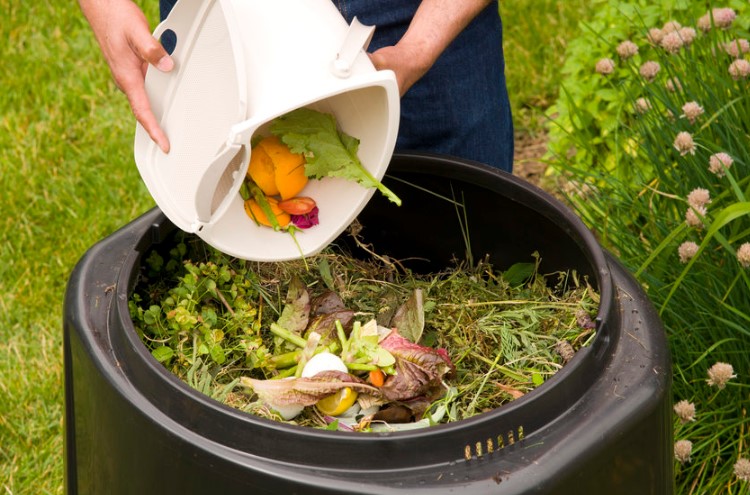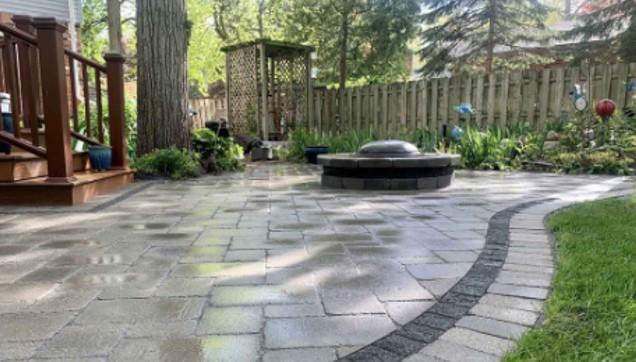Dan Gill: How to protect your tropicals from the cold | Home/Garden

Because we just experienced a light freeze in southeast Louisiana, it’s time to talk about cold protection for tropicals in our landscapes.
Fortunately, in most areas, freeze damage has been light or did not occur. The early cold weather doesn’t necessarily portend severe freezes this winter, but it does mean it’s time to get prepared for the coming cold.
There is an upside to this cold weather. Temperatures in the 30s help to “harden off” landscape plants. Harden off is a gardening term used to describe how plants become more tolerant of adverse conditions when gradually exposed to them. Cold-hardy landscape plants can tolerate severe freezes better if they have already been exposed to temperatures in the low 30s and upper 20s. Chilly nights also help citrus fruit color up. So, the recent cold does provide some benefits.
Unpredictable winter weather
One of the challenges of gardening in our area is that we never know exactly what winter weather will bring. Our winters are relatively mild, but punctuating the mild temperatures are occasional freezes, which may be light (temperatures around 30), moderate (in the mid-20s), severe (in the low 20s) or disastrous (in the teens). Do not be concerned about wind-chill temperatures. It is the actual temperature that matter.

Tropical plants in a French Quarter courtyard are covered, with the cover secured at the bottom to keep wind out. At left is a statue of New Orleans performer Chris Owens.
Decide what to protect
The first step in preparation is to identify the tender plants in your landscape that will need protection. You may decide not to protect inexpensive, easily replaced warm-season bedding plants, such as pentas, impatiens, begonias, blue daze and periwinkles.
You will, however, likely want to protect more valuable tropicals in containers and in the ground. Identify those plants in your landscape now and make plans on how you will protect them, if needed. Here are some of your options.
For plants in containers
For tropical plants in containers, you have three choices.
- No. 1, leave them out and let them take their chances during a freeze. If you do this, at least take down hanging baskets and gather your container plants together under some protection such as a carport, patio cover or large tree. You might also wrap them with Christmas lights and covering, as described in the section on protecting with covers.
- No. 2, bring them inside and keep them indoors until next spring. Make sure you put them in front of windows that receive plenty of light and away from warm air vents.
- No. 3, move them inside on those nights when a freeze is predicted and back out again when the freezing episode is over. It is likely you will place some of your container plants into each category.
Consider protecting container tropicals anytime temperatures are predicted to go into the low 30s.

Mulch can help protect plants, especially those with underground rhizomes or bulbs, from the cold.
Using mulch as protection
In Louisiana, the ground does not freeze during winter. Tropicals growing in the ground that produce fleshy underground parts (bulbs, tubers, corms or rhizomes) are generally very reliable about surviving even if the tops are frozen back. Canna, agapanthus, gingers, calla, elephant ear, achimenes, philodendron, bird-of-paradise, crinum, hymenocallis, clivia and amaryllis fall into this category.
You can ensure the survival of these below-ground parts by placing 2 to 4 inches of mulch over the soil around the base of these plants to provide additional protection. Pine straw is probably the best because it stays loose, which improves the insulating qualities of the mulch.
Mulches only protect what is covered by the mulch. If any of these plants suffer cold injury to their tops this winter, cut them back as needed.

Protect your tender and tropical plants when there’s a freeze in the forecast.
Cover them up
If you want to protect the upper parts of tropical plants growing in the ground, you must cover them. I’ve received many questions on what the best cover is. Almost anything will work. Plastic, Bubble Wrap, tarps, canvas or fabric (old sheets, bedspreads) all make suitable covers.
The material must extend all the way to the ground. The goal is to trap the heat stored in the earth under the cover. If possible, find two or three posts or stakes that are taller than the plant. Driven into the ground around the plant, they will support the cover off the foliage (this improves cold protection). Secure the bottom edges of the cover with rocks, bricks or soil to keep cold air from blowing in.
If the weather is rainy, plastic or waterproof covers work best. Cloth becomes saturated with water, reducing cold protection. Remove or vent clear plastic covers during the day if the weather is sunny and mild.
Covering plants works particularly well when temperatures dip into the upper to mid-20s overnight and rise again the next day. For more severe freezes or prolonged temperatures below freezing, providing a heat source under the cover improves protection.
One of the safest and easiest methods I’ve discovered is to wrap or drape the plant generously with strings of small outdoor incandescent Christmas lights before you cover them. Not enough heat is generated to damage the plant or the cover, but what heat is given off by the small bulbs can make a big difference in the survival of a plant. Make sure you use outdoor extension cords.
Wetting the foliage of plants immediately before a freeze does not provide any protection. But it is important that plants are not drought stressed going into a freeze. If the weather has been dry, thoroughly water plants in the ground and in containers early in the day when a freeze is predicted for that night.
Let’s hope this winter does not include any severe or disastrous freezes, but it’s best to be prepared in case we do.
The colors and fragrances of flowers are the delight of gardeners. There is more to flowers, however, than meets the eye or the nose. Your tas…
Fresh, ripe strawberries are a favorite with just about everybody. If you want in on the action, this is a great time to plant them into your …
Home vegetable gardeners put a lot of effort into producing the crops they put on the table. When you consider the work that goes into produci…








